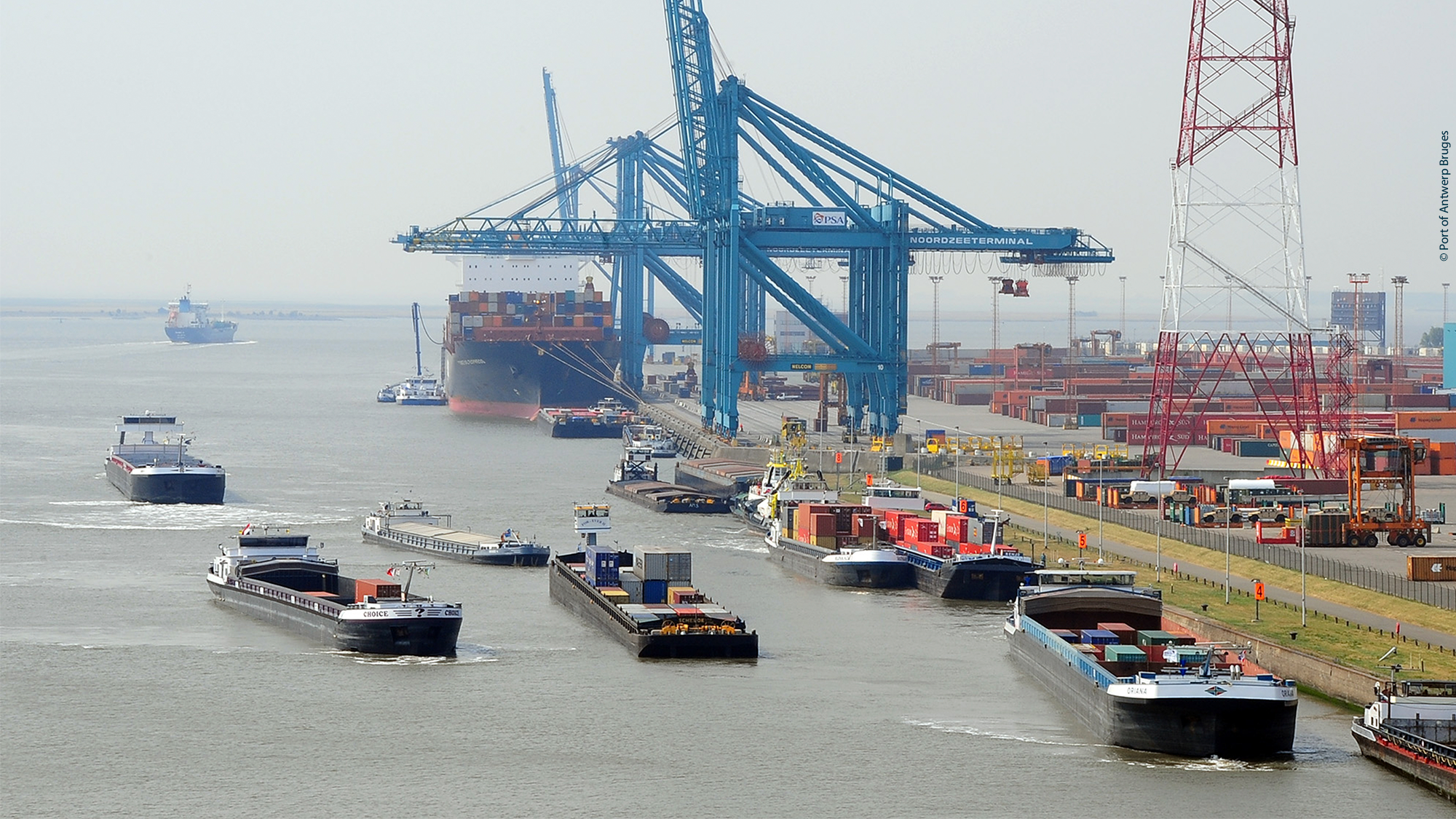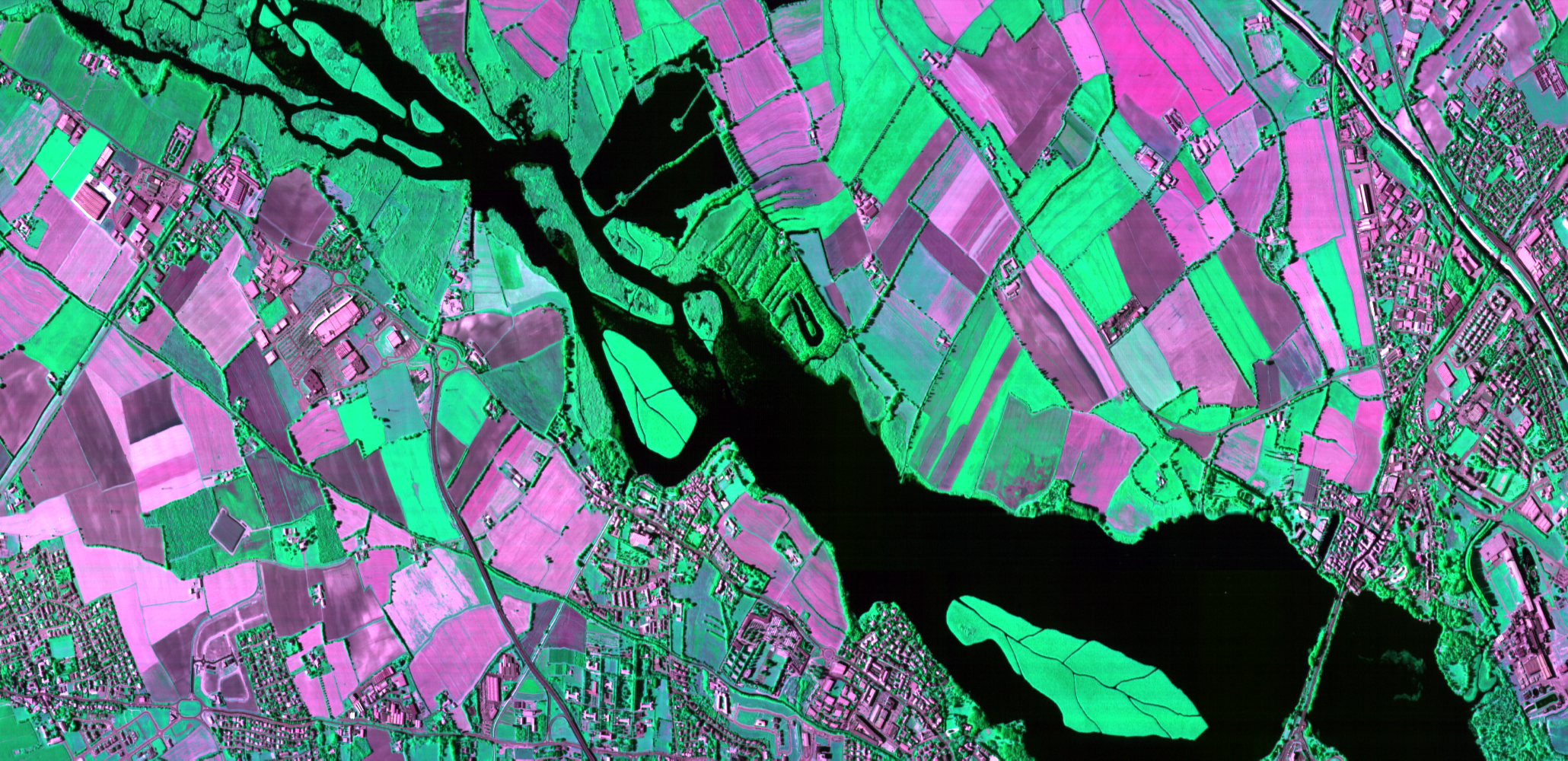Early detection of oil spills, a necessity!
Oil spills in port environments come with specific challenges due to their distinct characteristics. Unlike crude oil spills at extraction platforms for example, port spills typically involve refined oils, have thinner oil layers, and occur in areas with high human activity. These factors call for prompt intervention to minimize disruptions and mitigate environmental and financial impacts.
While many associate marine oil spills with remote locations, ports are frequent sites of oil spill incidents and pose significant risks. Even small spills, such as those during bunkering, can have a large impact on our environment and human health. Recent research highlights the health dangers of prolonged exposure to oil compounds, including an increased cancer risk. Therefore, fast and effective cleanup efforts are essential to protect port workers and minimize environmental harm.
Monitoring in ports, a special case of surveillance
The characteristics of oil spills in ports are quite different from the ones at sea. In ports, we see spills of refined oils such as hydraulic oil, marine diesel, used oils, among others. Next to the type of oils, ports are also an extremely busy environment with many different objects that call for different monitoring efforts. Just think of moving objects or shadows and reflections of the infrastructure on the water surface. When an oil leak in a port cannot be quickly detected and continues to spread on large water surfaces, it seriously disrupts the port activities with major economic consequences for both the ship operators and the port authorities. And let’s not forget the impact on our environment and health. Hence, there is an urgent need for continuous monitoring to detect oil spills at the earliest possible stage.
Many of the existing surveillance methods are not fully suitable for monitoring in port environments. For example, SWIR (short wave infrared) sensors, which have been proven effective in detecting thick layers of crude oil, have limited applicability on thin oil layers. But what is a suitable alternative? We had a look at different methods for detecting oil spills, their advantages and disadvantages.
- When we look at the use of RGB images, we are faced with many challenges as the oil is not always visible, depending on the viewing angle and illumination conditions.
- Radar technology has demonstrated its efficacy in detecting oil spills, with Synthetic Aperture Radar (SAR) being extensively utilized from satellite platforms and the ability to penetrate cloud cover. Anyhow, SAR imagery from satellites does not provide enough spatial resolution to be applied in port environments. Collecting SAR imagery via small UAVs (Unmanned Aerial Vehicles) is emerging. Although the equipment is more expensive, it is still interesting to investigate the possibilities.
- Fluorescence can detect aromatic compounds in oils that offer effective detection capabilities. However, these methods typically require additional equipment (lasers) which increases the cost and risks associated with the observation system.
There is a clear need for efficient and lightweight solutions for oil spill detection. That is why we are exploring the possibilities of using UV cameras. UV cameras could offer effective detection capabilities while being more portable and cost-effective compared to other methods.
The potential of UV cameras on mobile platforms
In our search for an effective and cost-efficient surveillance method for detecting oil spills in ports, we are exploring the potential of UV cameras within two related project, SWIPE and DIOS. Within the DIOS project, which was funded by De Blauwe Cluster, we focused on the entire operational system from automatic detection of the oil spills to accurate assessment of their severity and the coordination of effective cleanup efforts using drones. SWIPE is an ongoing project funded by the Belgian Science Policy Office (BELSPO) under the STEREO IV programme and focusses on oil spill detection using light-weight cameras. The goal is to use a single-band camera sensitive at wavelengths below 400 nm which can be easily mounted on a drone or other mobile platform like a vessel. To test the setup and compare results, we have installed an RGB camera alongside the UV camera on the same platform, as illustrated in the image below.

A RGB and UV camera (left) and the platform to install the cameras on the PROGRESS vessel.
These cameras have been mounted on the vessel ‘PROGRESS’, in collaboration with BRABO Cleaning Company managing the vessel for maritime cleaning services, for scientific purposes until the end of the SWIPE project (end of June 2024). Below you can see some examples of valuable imagery captured during accidental oil spills at the port of Antwerp. Each image includes a reference panel, enabling us to adjust for any variations in illumination conditions.

Real oil spill observed by an RGB camera (left) and an UV camera (right).
Comparing results from RGB and UV images
Preliminary analysis of the acquired images indicates that the UV camera offers superior discrimination compared to conventional RGB cameras. Among the RGB bands, the blue (B) band exhibits the highest contrast between water and oil areas. The images below illustrate the differences observed between the blue band (B) of the RGB image and the UV image. After the images were co-registered and normalized, their respective histograms were modeled as multimodal probability density functions. The histogram corresponding to the UV image shows a better separation of the two modes of interest (water and oil), showing a promising initial step towards a deeper understanding of the mechanisms governing the oil spill detection via UV cameras.

Illustration of intrinsic discriminative power. Top: B (Blue) band of the RGB camera (left) and UV image (right); Bottom: their corresponding histograms and multimodal representations. Larger gaps between the blue and red curves indicate higher separability of water and oil pixels.
The larger gap between the modes indicates that the UV camera has higher potential to distinguish oil and water areas. Currently, we are also performing experiments under controlled conditions to derive optimal camera settings, viewing angles and external conditions (e.g., illumination) for various oil types. These findings, jointly with the observations from images taken during actual oil spills at the port, will open new possibilities for managing this type of emergencies.
Towards a faster response time to reduce ecological and economic damage
Further analysis of the available datasets will facilitate a more in-depth comprehension of the potential benefits of employing UV cameras for oil spill detection in ports. Upcoming findings will allow us to develop and implement automated algorithms specifically tailored for the detection of oil spills in UV images acquired from different platforms, including vessels (utilized in both the SWIPE and DIOS projects) and drones. These mobile systems will enable continuous monitoring of water areas and, consequently, a fast response when oil spills occur within the port vicinity. If you are interested to find out more about or to collaborate in the future, do not hesitate to contact us.




